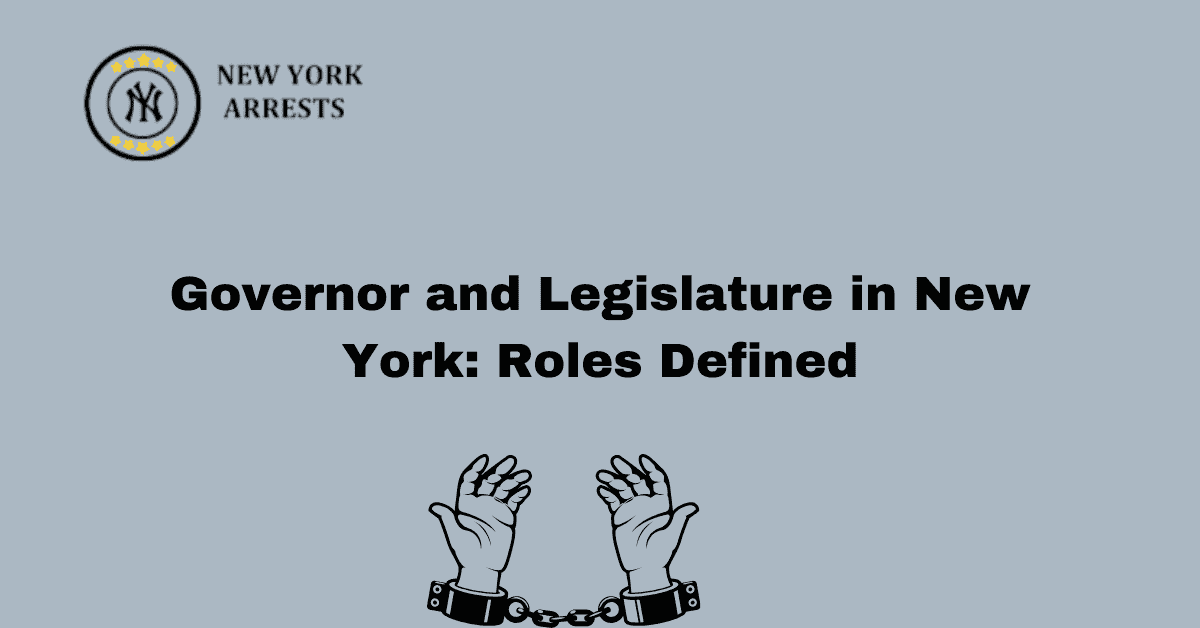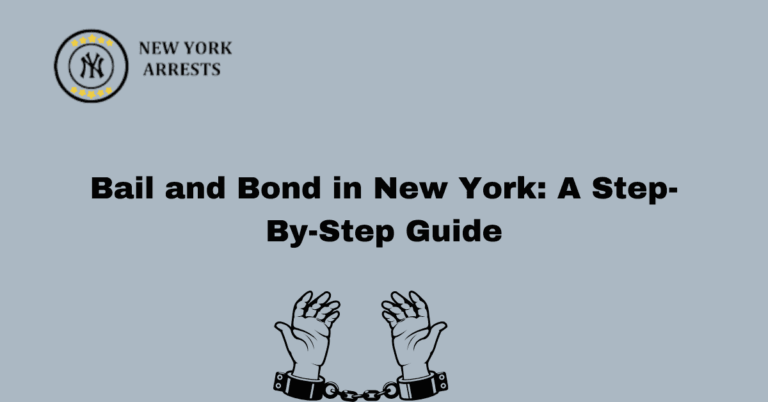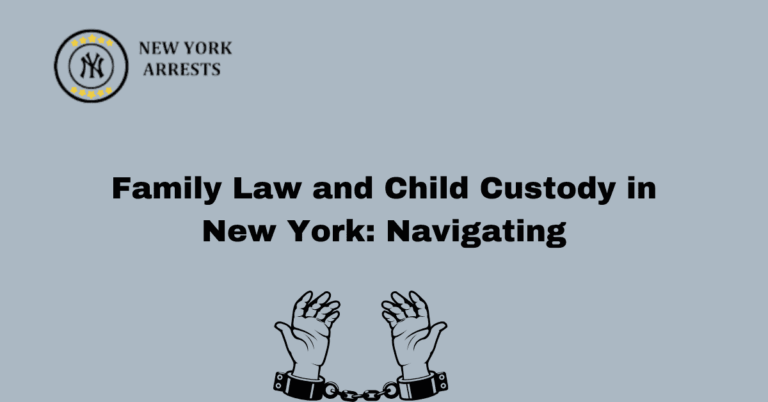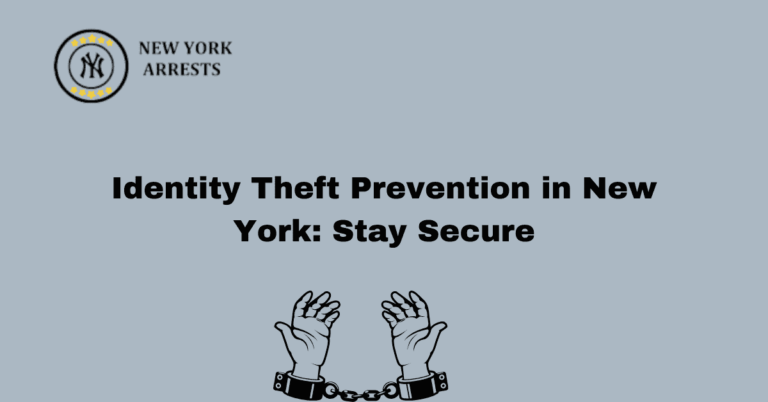Governor and Legislature in New York: Roles Defined
In the intricate web of governance, the roles of the governor and legislature in New York stand as pillars, each with distinct responsibilities yet deeply interconnected in shaping the state’s policies and direction. Understanding the nuances of their functions is vital to comprehending the dynamics of power in the Empire State.
The Governor’s Role
At the helm of executive authority, the governor wields significant power in New York. Tasked with implementing and enforcing laws, the governor holds the reins of various state agencies, overseeing their operations and ensuring the execution of policies. From budgetary decisions to emergency management, the governor’s role spans a broad spectrum, reflecting the diverse needs of the state.
In the realm of intergovernmental relations, the governor serves as a linchpin, fostering collaboration between branches of government and representing New York’s interests at the national level. Through diplomacy and negotiation, the governor navigates the complexities of federal-state relations, advocating for resources and policies beneficial to the state’s populace.
The Legislature’s Role
Comprising the Senate and Assembly, the New York State Legislature serves as the primary legislative body, responsible for crafting and passing laws that govern the state. With its bicameral structure, the legislature embodies a system of checks and balances, ensuring deliberation and accountability in the lawmaking process.
Within the hallowed halls of the Capitol, legislators debate a myriad of issues, from education and healthcare to taxation and infrastructure. Through committee hearings and floor debates, they scrutinize proposed legislation, amending and refining it to reflect the diverse interests of New Yorkers. Ultimately, the legislature’s role is not only to enact laws but also to serve as a voice for the people, representing their concerns and aspirations.
Governor vs. Legislature: Key Differences
While both the governor and legislature play pivotal roles in governance, they operate within distinct spheres of authority. The governor’s executive powers afford them autonomy in decision-making, while the legislature’s legislative powers demand consensus-building and compromise. This dichotomy reflects the principle of separation of powers, ensuring no single entity dominates the political landscape.
Historical Context
The evolution of the roles of the governor and legislature in New York traces back to the state’s colonial origins. From the Dutch and British colonial administrations to the present-day governance structure, the balance of power has shifted, influenced by historical events and societal changes. Over time, the governor’s authority has expanded, while the legislature’s role has evolved to meet the needs of a growing and diverse population.
Recent Developments
In recent years, the governor and legislature have grappled with an array of pressing issues, from economic downturns to public health crises. Notable legislative initiatives, such as the passage of marriage equality and criminal justice reforms, have reshaped the political landscape, reflecting changing societal norms and values. Similarly, gubernatorial actions, such as executive orders and budget allocations, have shaped policy outcomes, illustrating the governor’s influence in state affairs.
Challenges and Controversies
Despite their roles as stewards of the state, the governor and legislature face scrutiny and criticism from various quarters. Budgetary constraints, ethical lapses, and partisan gridlock are among the challenges that test their resolve and credibility. Public perception of government efficacy often hinges on their ability to address these challenges transparently and effectively.
Collaboration and Conflict
While collaboration between the governor and legislature is essential for effective governance, conflicts inevitably arise, stemming from divergent priorities and political ideologies. Whether negotiating the state budget or enacting major policy reforms, finding common ground requires compromise and negotiation. Instances of bipartisanship and consensus-building underscore the resilience of New York’s democratic institutions in the face of adversity.
Impact on Governance
The roles of the governor and legislature exert a profound influence on governance in New York, shaping policies that impact millions of lives. From education funding to environmental regulation, their decisions reverberate across communities, influencing the state’s trajectory for years to come. As stewards of the public trust, they bear the weight of responsibility in ensuring the welfare and prosperity of all New Yorkers.
Public Influence
Beyond the corridors of power, public opinion and interest groups play a pivotal role in shaping government actions. Through advocacy and activism, citizens exert pressure on elected officials, demanding accountability and transparency. Whether mobilizing support for legislative reform or challenging gubernatorial policies, grassroots movements have the power to effect meaningful change in the political landscape.
Future Outlook
As New York confronts the challenges of the 21st century, the roles of the governor and legislature will continue to evolve, adapting to changing demographics and socio-economic dynamics. With innovation and resilience, they can address pressing issues such as climate change, economic inequality, and social justice, safeguarding the state’s legacy for future generations. By embracing collaboration and inclusivity, they can build a brighter future for all New Yorkers.
Comparative Analysis
In comparison to other states, the roles of the governor and legislature in New York reflect a unique blend of tradition and innovation. While some states have strong executive leadership, others prioritize legislative autonomy, reflecting the diversity of governance models across the nation. By studying these differences, policymakers can glean insights into best practices and approaches, fostering cross-state collaboration and learning.
FAQs
What is the role of the Governor in New York’s Legislature?
The Governor in New York’s Legislature serves as the chief executive of the state. They are responsible for proposing and implementing policies, signing or vetoing bills, and overseeing the state’s budget.
What is the role of the Legislature in New York’s government?
The Legislature in New York is responsible for making laws and representing the interests of the people. It consists of two houses, the Senate and the Assembly, and plays a crucial role in the state’s governance and decision-making processes.
How are the Governor and Legislature elected in New York?
The Governor and members of the Legislature in New York are elected by the state’s residents through a general election. The Governor serves a four-year term, while legislators serve two-year terms.
What powers does the Governor have in New York’s Legislature?
The Governor in New York’s Legislature has the power to appoint individuals to various positions, such as judges and agency heads. They also have the authority to call special legislative sessions, grant pardons, and issue executive orders.
What is the relationship between the Governor and the Legislature in New York?
The Governor and the Legislature in New York have a complex relationship. While they are separate branches of government, they must work together to pass laws and implement policies. The Governor can propose legislation, but it ultimately requires the approval of the Legislature to become law.
How does the Legislature in New York oversee the Governor?
The Legislature in New York oversees the Governor through various mechanisms, such as conducting hearings, investigating government agencies, and approving or rejecting the Governor’s budget proposals. They also have the power to override a Governor’s veto with a two-thirds majority vote.







